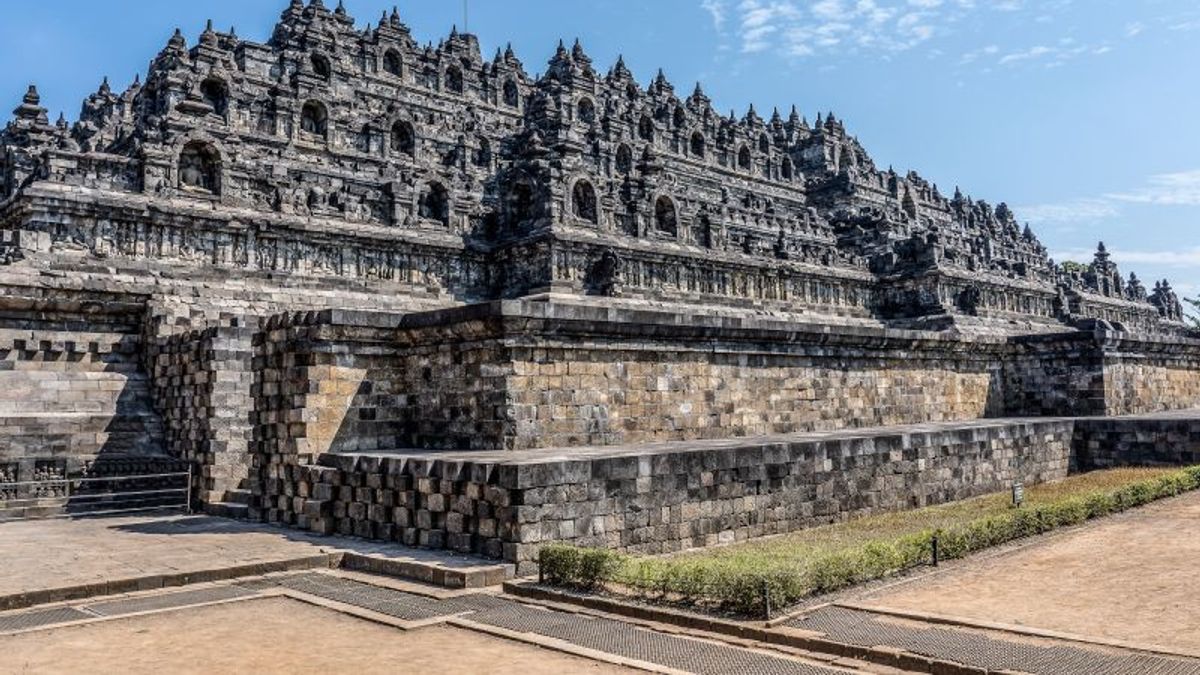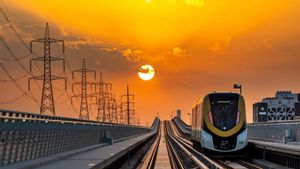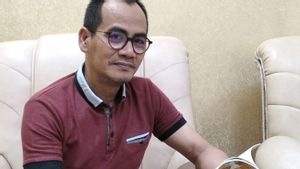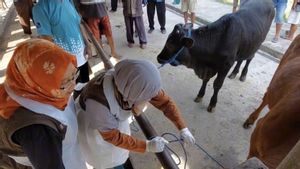JAKARTA - Astronomy or astronomy has been used by people around Borobudur Temple since centuries ago and can be observed in the movement of shadows that fall on the main stupa.
The legacy of this knowledge is known as Pranata Mangsa, a calendar system that is used as a marker of time and especially as an indication of the right time for planting crops.
Astronomy researcher at Bandung Institute of Technology (ITB) Irma Hariawang explained that the concept of Pranata Mangsa was created from human efforts to understand behavior and natural cycles. Not only farmers, Pranata Mangsa is also useful for fishermen to set the time to catch fish in the sea.
“In addition to Pranata Mangsa, they (the community) can also be on guard because from there they know when a flood or wind disaster strikes. It's all from a long time how they observe the behavior of nature," said Irma at the launch of the Zenius documentary series in Jakarta, Antara, Wednesday, July 5.
Irma said Pranata Mangsa was formally introduced by the king in the past. However, other historical records also mention that the calendar system had appeared around the 9th or 8th century.
"It was right at the time when Borobudur was built, so this Preservation of Prey has already begun to be known. From here I conclude that there is indeed a connection between Pranata Mangsa and Borobudur, from the 8th or 9th century they have started observing the movement of celestial bodies to determine the planting period," he said.
The main stupa of Borobudur, which is on level 10, functions as a gnomon or a time marker by relying on the shadows cast by the sun. The main stupa is surrounded by overcast stupas on the seventh, eighth, and ninth levels. Irma said that the shadow of the main stupa will fall on a certain overlay stupa which can mark the determination of the beginning of the Pranata Mangsa season.
Irma and the team conducted research related to astronomy and Borobudur Temple in 2008 to 2010. He said that the position of Borobudur was in the direction of the wind which had been determined in the past without the help of a global positioning system (GPS) and a compass. This, said Irma, became one of the triggers for him to conduct research.
“In ancient times there was no GPS and compass. It must have been the sun. From the sun there will be a shadow, they must observe the shadow for a year so they can determine the right direction of the wind," he said.
Irma said that the position of the shadow of the main stupa that fell today has a slight difference compared to the past, considering that the heavenly bodies, including the earth, will always move.
"There's been a change of about a few degrees. It must be corrected now that we come to Borobudur. We will see that the shadow is then adjusted to the Prey Institution, there must be a slight difference and that can be calculated or corrected," he explained.
Irma believes that there are still many astronomical aspects at Borobudur that can be studied, one of which is the constellation Polaris which can be observed in the temple in the past. Polaris star is located close to the north celestial pole so it is often referred to as the north star.
He hopes that cross-disciplinary research collaborations can continue to be carried out in Indonesia, especially the link between astronomy and archaeology, so that information that has been hidden so far can be enjoyed by the scientific community.
The English, Chinese, Japanese, Arabic, and French versions are automatically generated by the AI. So there may still be inaccuracies in translating, please always see Indonesian as our main language. (system supported by DigitalSiber.id)













